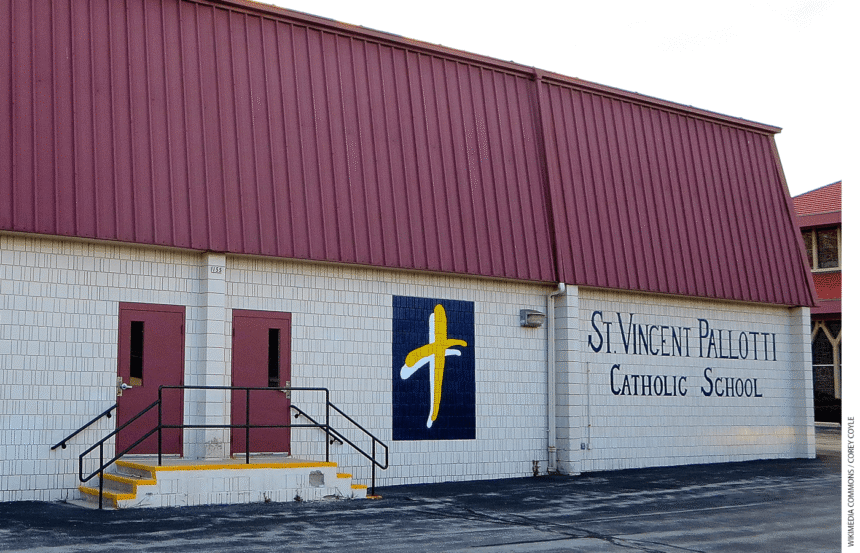In her recent essay for the forum “What Can We Learn from the Nation’s Oldest Voucher Program?”, Ashley Jochim looks to the early history of the Milwaukee Parental Choice Program (MPCP) to draw lessons for regulating new education choice initiatives. She’s correct that a hands-off approach in the program’s earliest days created some challenges that were subsequently addressed by regulations backed by choice advocates.
But, in concluding that MPCP “has not delivered on promises to Milwaukee families,” she makes errors of omission that will lead readers to conclusions that are inconsistent with publicly available data and scholarly research. Jochim does not address the comparative effectiveness of students at participating private schools.
Wisconsin’s Department of Public Instruction (DPI) is an agency that is hostile to school choice. Its superintendent has called for the repeal of the MPCP, which makes data sourced solely to the DPI noteworthy for lacking any pro-school choice bias.
DPI’s report cards rate both traditional public schools and the more than 400 schools that participate in one of the state’s four choice programs.
Scores for Milwaukee show a distinct advantage for students attending private choice schools. Graded on a scale of 0–100, choice schools had an average score of 70.8 in the most recent year available (2023–24), while the score for Milwaukee Public Schools was 55.7. The report card component involving standardized tests showed choice schools with an advantage on raw scores (40.6 vs. 22.3) and growth (75.9 vs. 64.4).
When it comes to cost-effectiveness, the comparison is more striking. As a forthcoming report from School Choice Wisconsin will show, using conservative assumptions, choice schools are notably more productive. They operate at a fraction of the spending of MPS yet produce higher results.
Scholarly research not mentioned by Jochim shows benefits that go beyond school performance factors measured by the DPI report cards.







